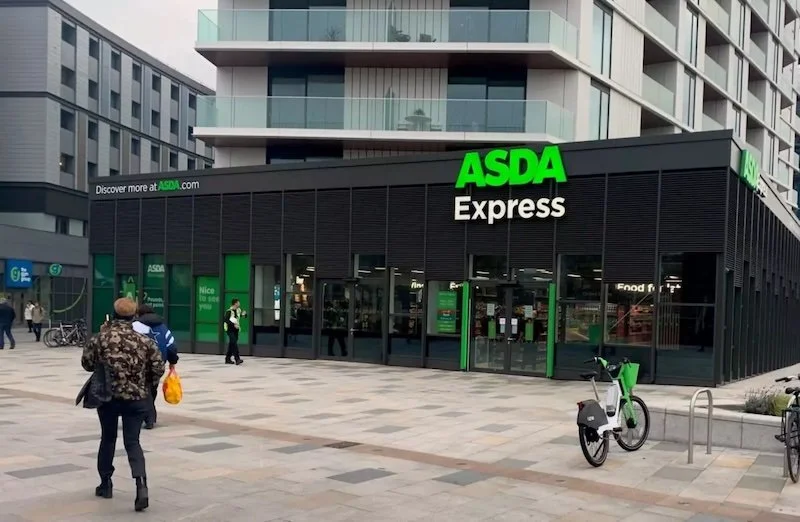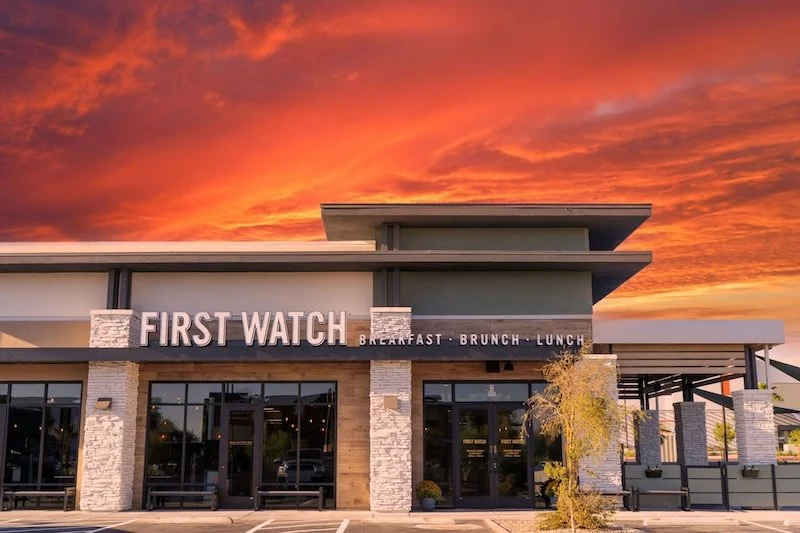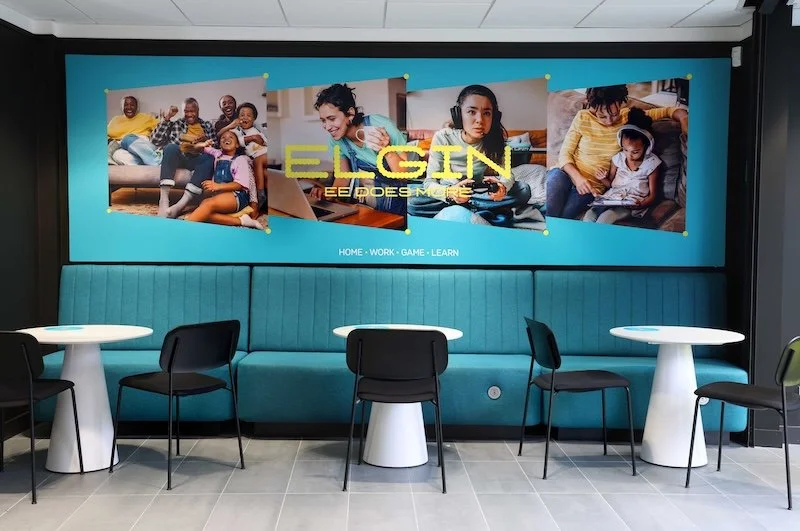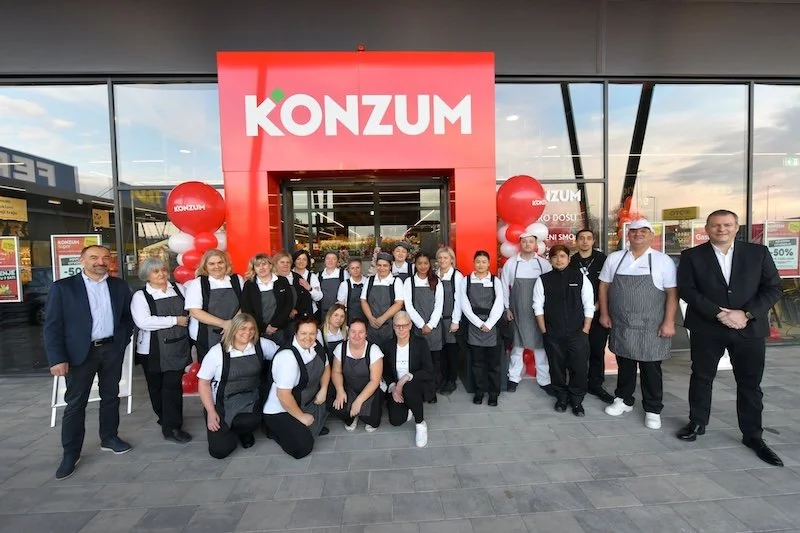Global e-commerce accelerates at rapid pace amid supply chain issues
US online holiday sales will hit $207 billion from 1st November to 31st December, setting a new record, according to research from Adobe.
This represents a 10% increase from 2020.
Globally, online spending is expected to reach $910 billion this season, 11% growth year-over-year (YoY). Adobe expects over $4 trillion to be stumped up globally in all of 2021, a new milestone for e-commerce.
In the US, as e-commerce becomes more ubiquitous, the major shopping days are losing prominence. Cyber Week (Thanksgiving through Cyber Monday) is set to drive $36 billion in online spending, 17% of the entire holiday season.
The growth is, slowing however, coming in at just 5% YoY for the five day period (less than the season overall at 10% YoY).
Adobe expects Cyber Monday to drive $11.3 billion (up 4% YoY) and remain the biggest day of the season (and year), with Black Friday coming in at $9.5 billion (up 5% YoY) and Thanksgiving at $5.4 billion (up 6% YoY). All three days are growing less than the season overall.
Online retailers are, at the same time, having to contend with dire supply chain challenges, from crowded ports and cargo delays, to disruptions in overseas manufacturing.
Compared to a pre-pandemic period (January 2020), the prevalence of out-of-stock messages has risen by 172% going into the holiday season. Adobe reckons it will remain at this level, increasing for certain products throughout the season.
A weakened supply chain is also driving up prices online. Adobe says US consumers will pay 9% more on average during Cyber Week this year, compared to the last holiday season. This is the result of smaller discounts, on top of e-commerce inflation that has persisted through the year.
Consumers, meanwhile, are embracing new payment methods like buy now, pay later (BNPL) as a way to free up cash this holiday season. Online revenue from BNPL this year has been 10% higher than 2020 and 45% higher than 2019, based on Adobe Analytics data.
Shoppers are also using BNPL for increasingly less expensive orders, with the minimum order value dropping 12% YoY to $225. In an Adobe survey, 25% of respondents said they have used BNPL in the last three months, with apparel (cited by 43%), electronics (33%), and groceries (30%) as the top categories.
Paul Robson, President of International at Adobe, says: “Global e-commerce continues to accelerate at a rapid pace, proving that the shift to online shopping is irreversible.”
“Even with rising prices online and disruption to supply chains, e-commerce spend is set to break all previous records this Christmas.”
“Shoppers are acting earlier and taking advantage of payment options such buy now pay later to make sure their celebrations aren’t marred by delayed deliveries or stock issues.”










Continue reading…